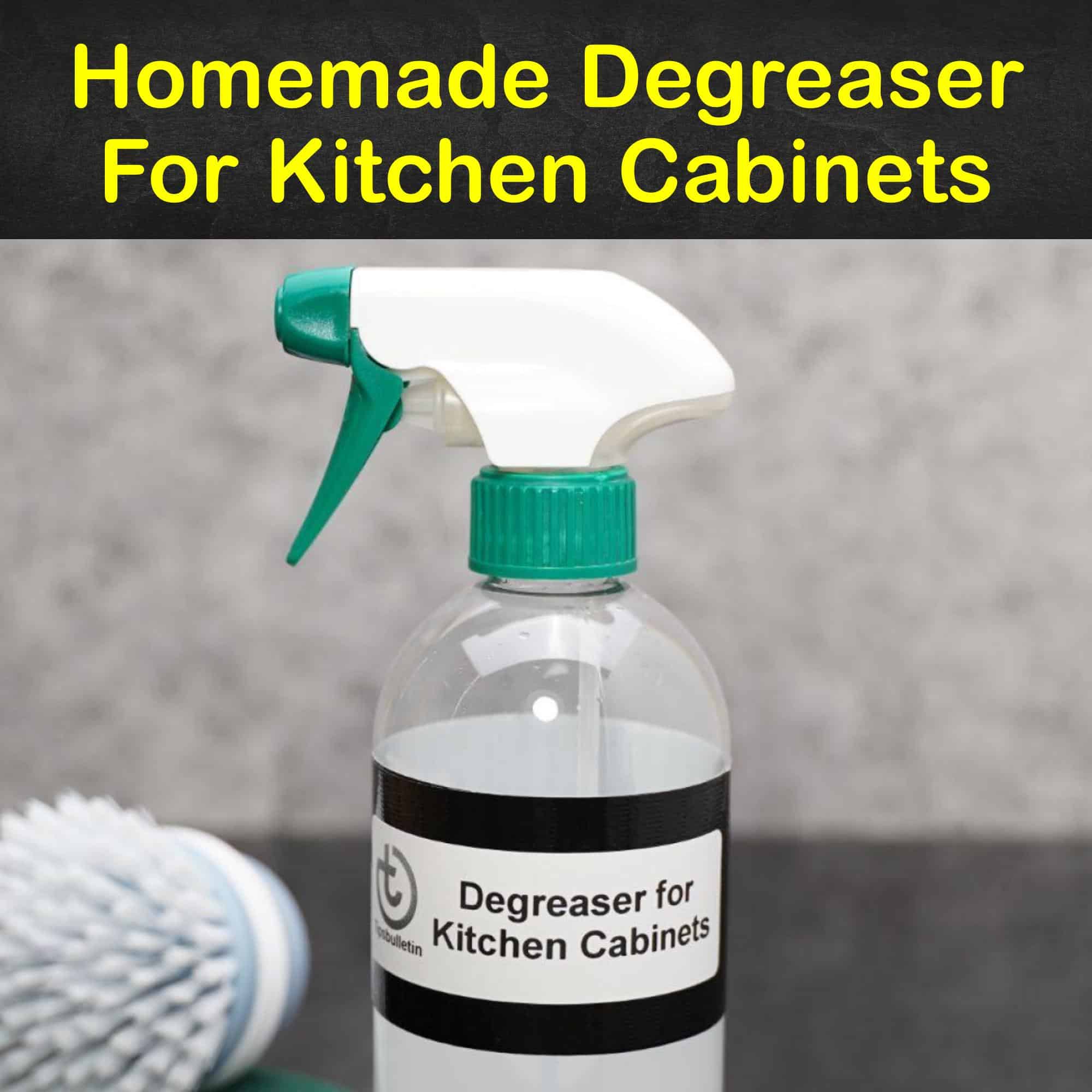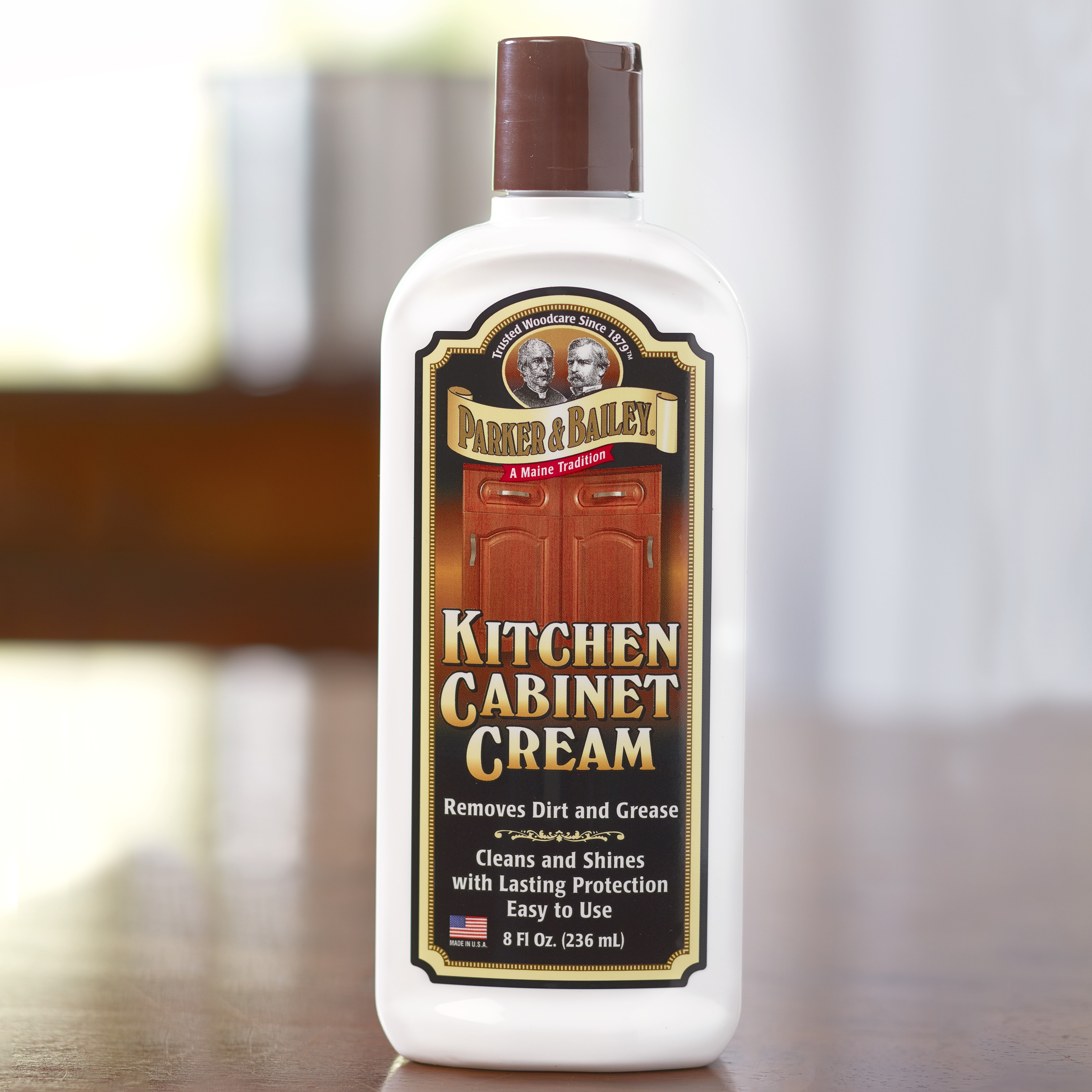Top 3 Best-Selling Kitchen Cabinet Cleaners

Choosing the right cleaner for your kitchen cabinets can feel overwhelming, but fear not! We’ve compiled a list of the top three best-selling options, carefully considering price, effectiveness, and user feedback to help you make an informed decision and achieve sparkling clean cabinets. This will ensure your kitchen looks its absolute best, inviting and welcoming for you and your guests.
Top 3 Best-Selling Kitchen Cabinet Cleaners Comparison
This table compares three leading kitchen cabinet cleaners, highlighting their key features to help you find the perfect fit for your needs and budget. Remember that prices can fluctuate, so always check the retailer for the most up-to-date pricing. User reviews are summarized to give you a general sense of customer satisfaction; individual experiences may vary.
| Cleaner Name | Price (Approximate) | Key Ingredients | User Review Summary |
|---|---|---|---|
| Example Cleaner A (Replace with actual product name) | $12 – $15 | Water, mild surfactants, citrus extracts (Example – adjust to reflect actual ingredients) | Generally positive; praised for its effectiveness on grease and grime, pleasant scent. Some users noted it needed multiple applications for stubborn stains. |
| Example Cleaner B (Replace with actual product name) | $18 – $22 | Water, biodegradable surfactants, natural oils (Example – adjust to reflect actual ingredients) | Mostly positive reviews; users appreciated its environmentally friendly formula and ease of use. A few reported a slightly less potent cleaning power compared to harsher chemicals. |
| Example Cleaner C (Replace with actual product name) | $10 – $13 | Water, ammonia (low concentration), degreasing agents (Example – adjust to reflect actual ingredients) | Mixed reviews; some users found it highly effective, while others reported a strong odor and potential for damage to certain finishes if not used carefully. Important to follow instructions diligently. |
Detailed Description of Each Cleaner
Let’s delve deeper into the individual characteristics of each cleaner to provide you with a more comprehensive understanding. Each cleaner offers unique benefits and is suitable for different cleaning needs and preferences.
Example Cleaner A: This cleaner boasts a gentle yet effective formula, ideal for everyday cleaning and maintenance. Its citrus extracts leave a refreshing scent, while its mild surfactants effectively lift grease and grime without harsh chemicals. The user-friendly design makes application a breeze.
Example Cleaner B: Environmentally conscious consumers will appreciate this cleaner’s biodegradable formula, made with natural oils and gentle surfactants. It offers a powerful clean without the harshness of traditional cleaners, making it a safe and sustainable choice for your kitchen cabinets.
Example Cleaner C: This option is designed for tougher cleaning jobs, tackling stubborn grease and grime with a powerful formula. However, its higher concentration of cleaning agents requires careful application to prevent damage to delicate cabinet finishes. Always test on an inconspicuous area first.
Summary of Pros and Cons Based on User Feedback
Understanding the pros and cons based on user experiences helps in making an informed decision.
Example Cleaner A: Pros: Effective on most grease and grime, pleasant scent, easy to use. Cons: May require multiple applications for stubborn stains.
Example Cleaner B: Pros: Environmentally friendly, gentle on cabinets, pleasant scent. Cons: May be less effective than harsher cleaners on very stubborn stains.
Example Cleaner C: Pros: Highly effective on stubborn grease and grime. Cons: Strong odor, potential for damage to certain finishes if not used correctly. Requires careful application and adherence to instructions.
Types of Kitchen Cabinet Cleaners and Their Applications: Best Cleaner Degreaser For Kitchen Cabinets

Choosing the right kitchen cabinet cleaner is crucial for maintaining their beauty and longevity. The type of cleaner you select will depend largely on the material of your cabinets and your personal cleaning preferences. Let’s explore the different options available and how best to use them.
Best cleaner degreaser for kitchen cabinets – Different types of cleaners offer varying levels of effectiveness and convenience. Understanding their strengths and weaknesses will help you make an informed decision for your kitchen.
Comparison of Kitchen Cabinet Cleaner Types
The following table compares three common types of kitchen cabinet cleaners: sprays, wipes, and pastes. Each offers unique advantages and disadvantages, influencing their suitability for different cleaning tasks and cabinet materials.
| Cleaner Type | Pros | Cons | Best Suited For |
|---|---|---|---|
| Spray Cleaners | Wide coverage, easy application, often multi-purpose | Can be messy, may require more scrubbing, some may damage certain finishes | General cleaning, quick touch-ups on most surfaces |
| Wipes | Convenient, pre-moistened, good for quick cleanups | Limited cleaning power, may not be suitable for stubborn grease, can be expensive per cleaning | Light cleaning, removing fingerprints, quick spot cleaning |
| Paste Cleaners | Excellent for stubborn grease and grime, deep cleaning | More time-consuming to apply and remove, may require more effort | Deep cleaning, tackling heavily soiled areas, effective on wood cabinets |
Best Cleaner Types for Various Cabinet Materials
The material of your kitchen cabinets significantly impacts the type of cleaner you should use. Using the wrong cleaner can damage the finish, leading to discoloration or even irreversible harm. Consider these recommendations:
- Wood Cabinets: Paste cleaners are often ideal for wood cabinets due to their ability to tackle stubborn grime without being overly harsh. However, always test any cleaner on an inconspicuous area first. Avoid abrasive cleaners and excessive moisture.
- Laminate Cabinets: Spray cleaners are generally suitable for laminate cabinets. Choose a cleaner specifically designed for laminate surfaces to avoid damage. Wipes can also be used for quick cleanups.
- Painted Cabinets: Spray cleaners are a common choice for painted cabinets, but ensure they are gentle enough to avoid stripping the paint. Always test on a hidden area first. Avoid abrasive cleaners or those containing harsh chemicals.
Application Process and Safety Precautions, Best cleaner degreaser for kitchen cabinets
Proper application is key to achieving a sparkling clean without damaging your cabinets. Follow these guidelines for each cleaner type, paying close attention to safety precautions.
- Spray Cleaners: Apply a small amount to a soft cloth, avoiding over-saturation. Gently wipe the surface, paying attention to crevices. Rinse with a damp cloth and dry thoroughly. Always test in an inconspicuous area first.
- Wipes: Simply wipe the cabinet surface with the pre-moistened wipe, paying attention to areas with grime. No rinsing is usually needed, but always check the product instructions. Dispose of the wipe properly.
- Paste Cleaners: Apply a small amount of paste to a soft cloth or sponge. Gently rub the paste onto the soiled area, working in a circular motion. Allow the paste to sit for the recommended time (usually a few minutes). Wipe away the paste with a damp cloth and dry thoroughly. Always test in an inconspicuous area first.
Important Safety Precautions: Always wear gloves when cleaning cabinets to protect your hands from harsh chemicals. Ensure adequate ventilation to avoid inhaling fumes. Never mix different cleaning products, as this can create dangerous chemical reactions. Always follow the manufacturer’s instructions on the cleaner’s label.
DIY Kitchen Cabinet Cleaning Solutions

Unlock the sparkling potential of your kitchen cabinets without breaking the bank or resorting to harsh chemicals! Creating your own degreasing solutions is surprisingly easy and can be just as effective, if not more so, depending on your cabinets’ material and the type of grime you’re tackling. Let’s explore some simple yet powerful recipes that will leave your cabinets gleaming.
Homemade Degreasing Solutions for Kitchen Cabinets
Several readily available ingredients can create surprisingly effective cleaning solutions for your kitchen cabinets. These recipes offer alternatives to commercial products, allowing you to customize your cleaning approach based on your cabinets’ material and the level of grime. Remember to always test any new cleaning solution on an inconspicuous area first to check for adverse reactions.
- Baking Soda Paste: This is a gentle yet powerful abrasive. Mix baking soda with just enough water to create a paste. Apply it to the cabinets, gently scrub with a soft cloth or sponge, and rinse thoroughly with clean water. This is excellent for tackling light grease and grime.
- White Vinegar and Dish Soap Solution: Combine equal parts white vinegar and warm water in a spray bottle. Add a squirt of mild dish soap. Shake well and spray onto the cabinets. Wipe clean with a soft cloth or sponge, and rinse thoroughly. This solution is effective for cutting through grease and leaving cabinets sparkling.
- Lemon Juice and Baking Soda: The acidity of lemon juice combined with the abrasive power of baking soda makes for a potent cleaning duo. Mix a paste of baking soda and lemon juice. Apply to the cabinets, gently scrub, and rinse thoroughly. This is particularly effective for removing stubborn stains and grease. The lemon juice also leaves a fresh scent.
Effectiveness of Homemade vs. Commercial Cleaners
The effectiveness of homemade solutions compared to commercial products varies depending on several factors, including the type of cleaner, the severity of the grime, and the material of your cabinets. For light grease and everyday cleaning, homemade solutions often perform comparably to commercial options. However, for heavily soiled cabinets or stubborn grease buildup, a stronger commercial degreaser may be necessary. Always test a small, inconspicuous area before applying any cleaning solution to the entire surface. The gentle nature of homemade solutions makes them ideal for frequent cleaning and maintaining a clean kitchen, minimizing the use of harsh chemicals.
Safe and Effective Use of Homemade Cleaners
Using homemade cleaners safely and effectively requires careful attention to detail. Always follow these simple guidelines to protect your cabinets and ensure a successful clean.
Remember to always test any cleaning solution on a small, inconspicuous area first before applying it to the entire surface. Never use abrasive scrubbers or harsh chemicals on delicate cabinet finishes. Rinse thoroughly with clean water after cleaning and dry with a soft cloth to prevent water spots. Avoid soaking wood cabinets for prolonged periods, as this can damage the wood.
